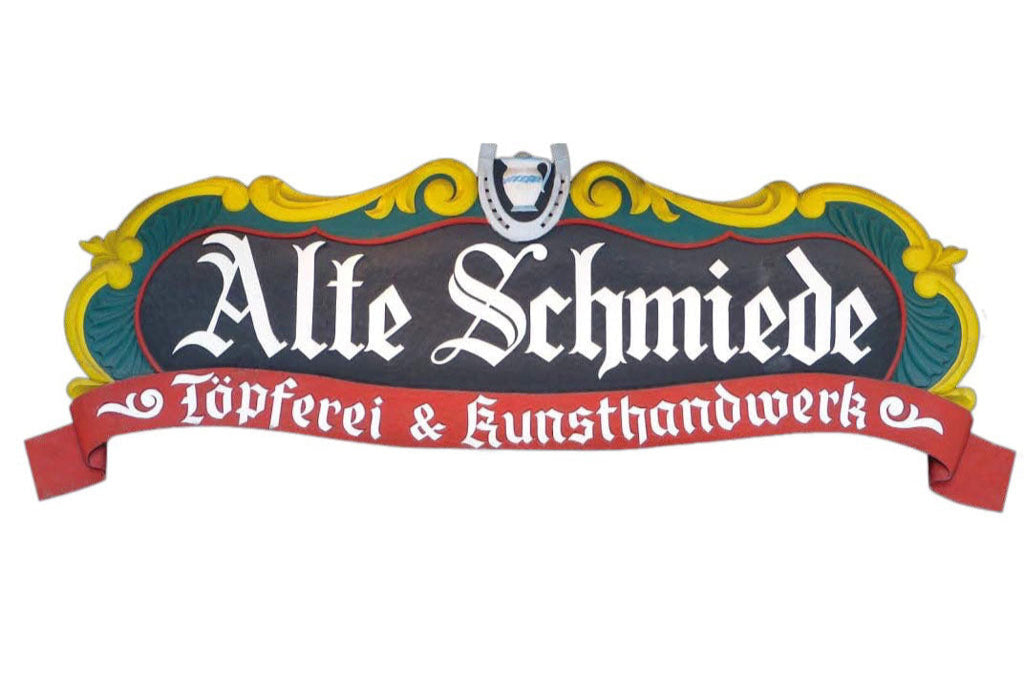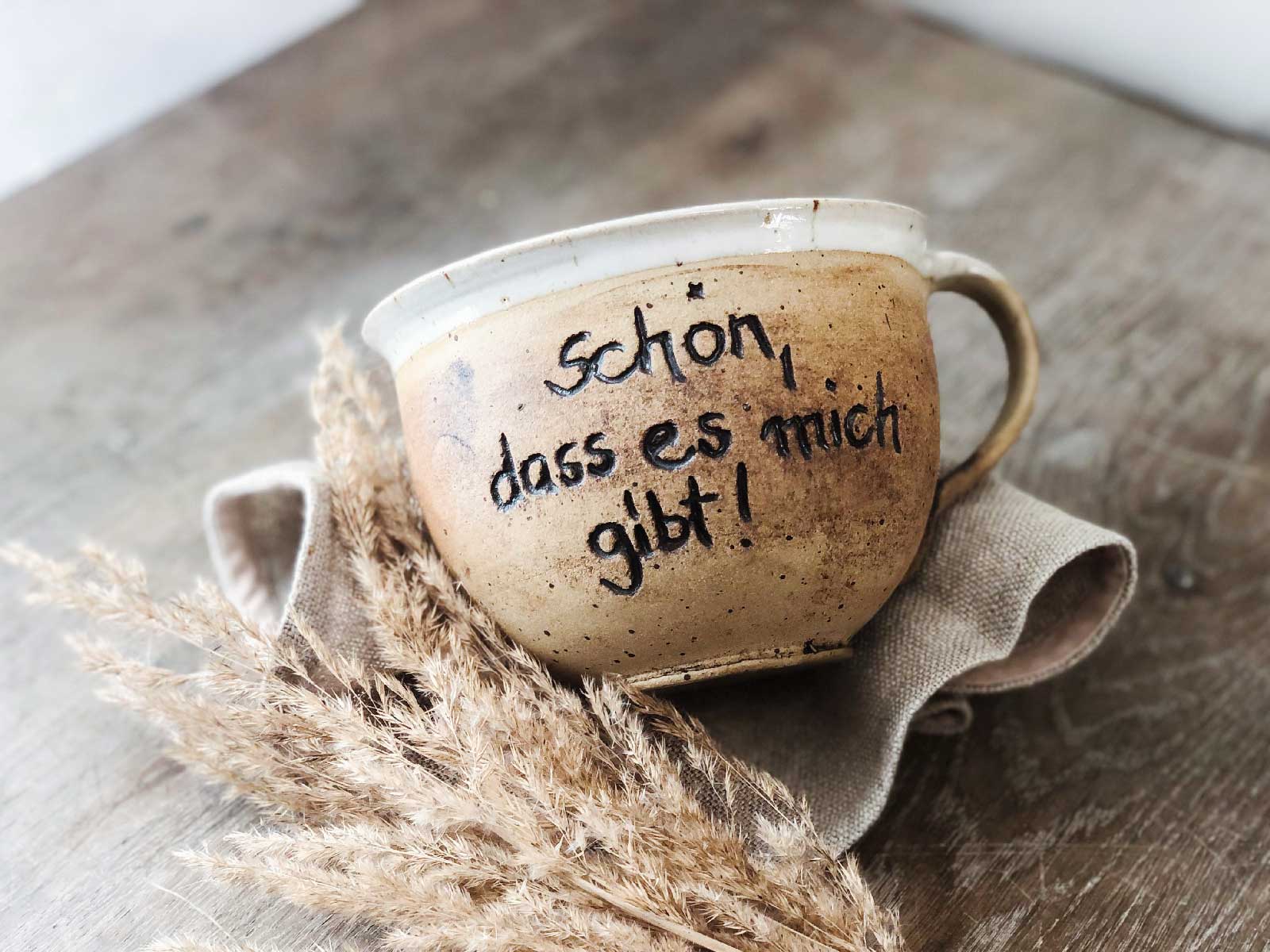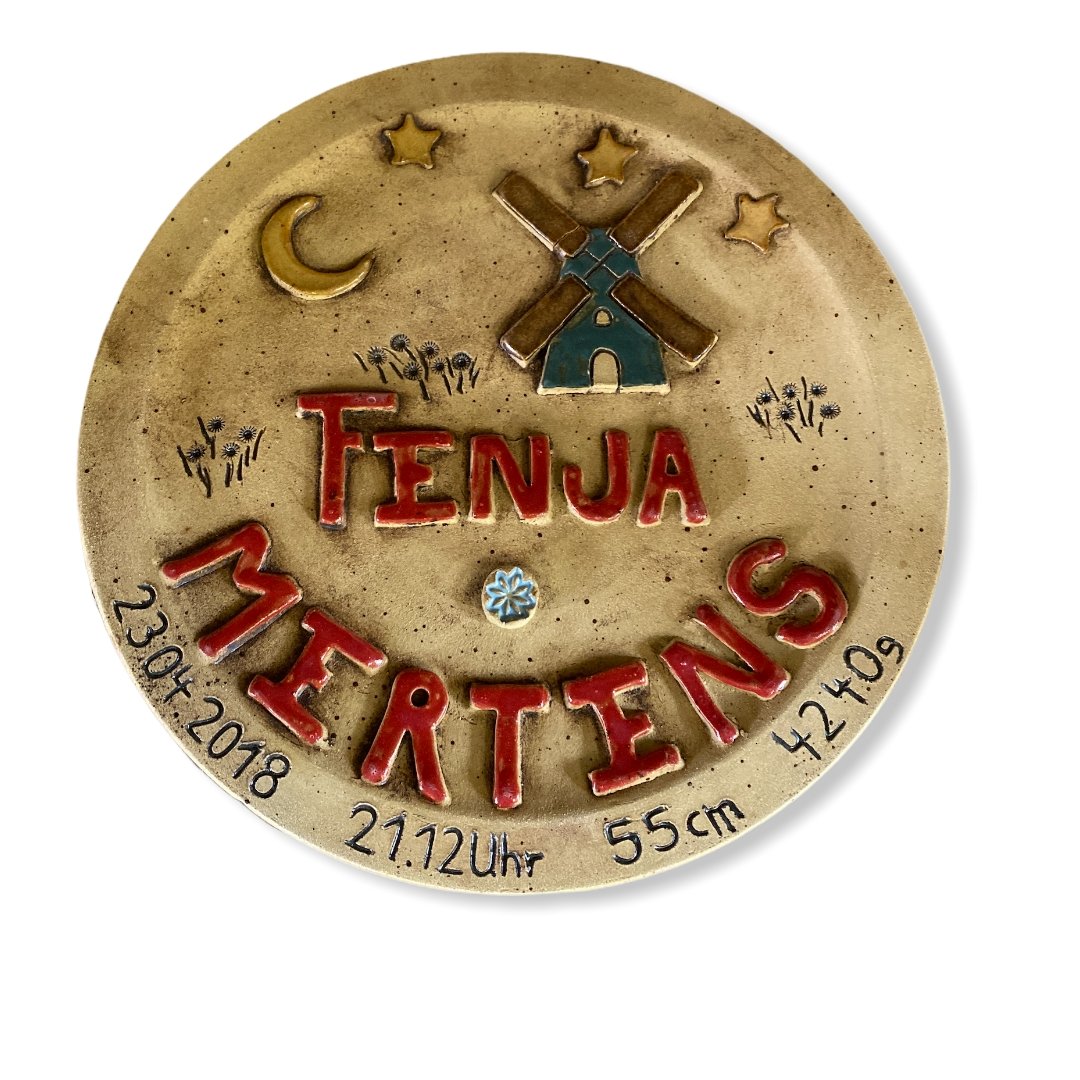News
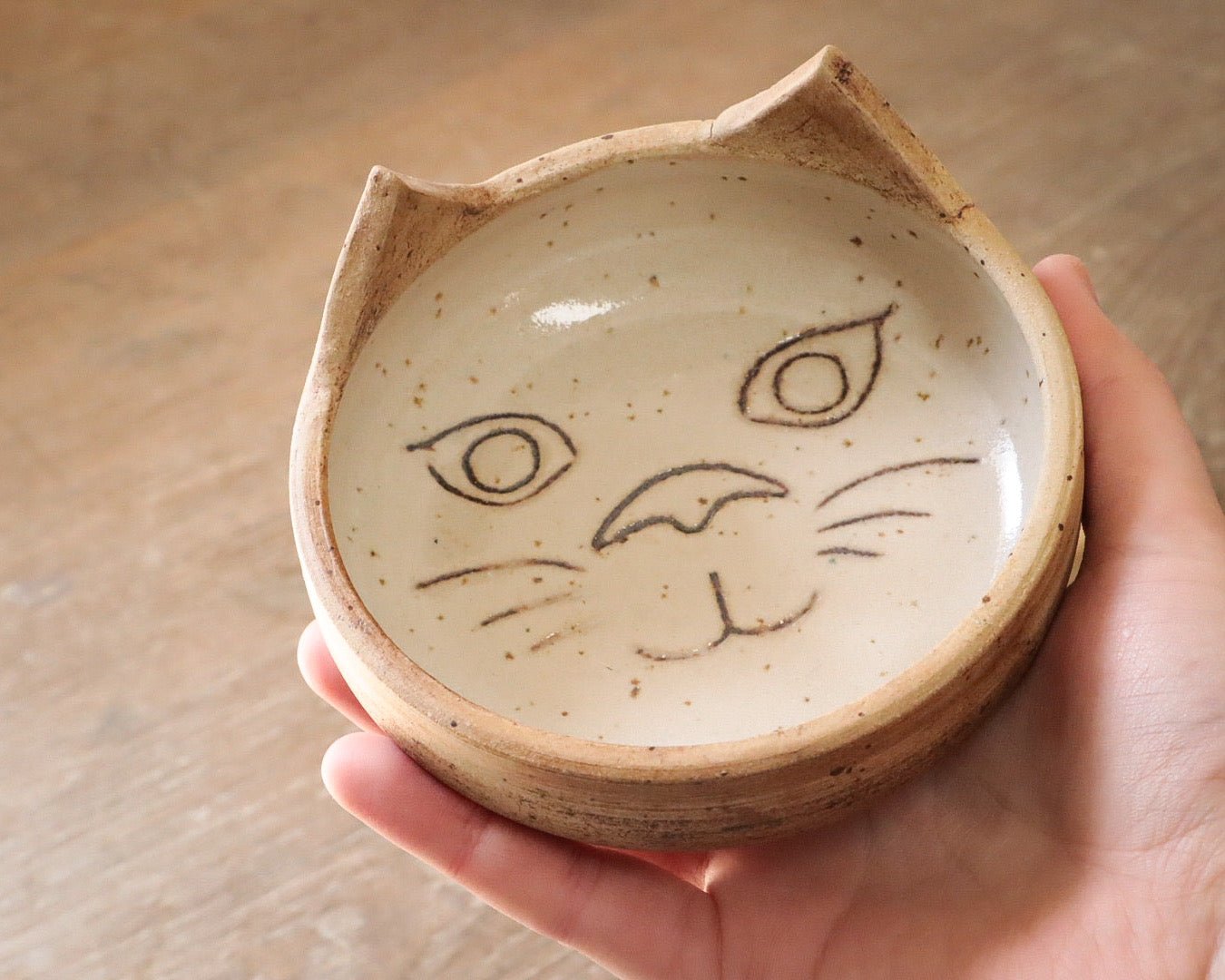
News
Ceramic cat bowls: A stylish and practical choice for your house cat
by Dana Grundmann on Sep 18, 2023
Ceramic has proven itself over the years to be one of the best materials for cat bowls. This is the case for both aesthetic and functional reasons. In this blog post, we will discuss the benefits of ceramic bowls for cats and why they are an excellent choice for any cat owner. Aesthetically pleasing Ceramic bowls are not only available in a wide range of colors and designs, they can also feature artistic details that make them unique. Some particularly appealing models are earthy and glazed white on the inside. But that's not all: imagine a small, lovingly designed face looking out at your cat in the middle of the bowl. There are also small cat-like ears on the edge of the bowl, which give the whole thing a playful and charming touch. These loving details make the food bowl not only a useful utensil, but also a small work of art that looks good in any room. Durable and stable Unlike plastic or metal bowls, ceramic bowls are more robust and less prone to scratches and scrapes. Their stability also makes them less likely to tip over, which is a big advantage for cats who tend to "play" with their food. Hygienic Ceramic bowls are naturally non-porous, meaning they are less prone to the buildup of bacteria and dirt. They are also easy to clean; most ceramic bowls can be safely cleaned in the dishwasher. Chemical-free Many plastic bowls contain chemicals like BPA that can leach into food and water. Ceramic bowls are usually free of such chemicals, making them a safer choice for your cat. Temperature resistant Ceramic retains temperature better than many other materials. This means that the water in a ceramic bowl stays cooler longer in the summer and is less likely to freeze in the winter if the bowl is left outside. Things to consider Before you choose a ceramic bowl, there are a few things you should consider: Quality Not all ceramic bowls are the same. Make sure to choose a high-quality bowl that is glazed to prevent the buildup of bacteria.
Price Ceramic bowls can be more expensive than their plastic or metal counterparts, but when you consider quality and durability, it is often a worthwhile investment. fragility Despite their robustness, ceramic bowls are fragile and can break if dropped. It is advisable to place the bowl in a place where it cannot easily fall.
Conclusion Ceramic cat bowls offer a number of benefits for both cats and their owners. They are aesthetically pleasing, hygienic, and chemical-free, and they provide a sturdy and durable option for feeding your cat. With proper care, a ceramic bowl can last for many years, making it a smart investment for any cat owner.
If you like ours, you can buy them here 👉
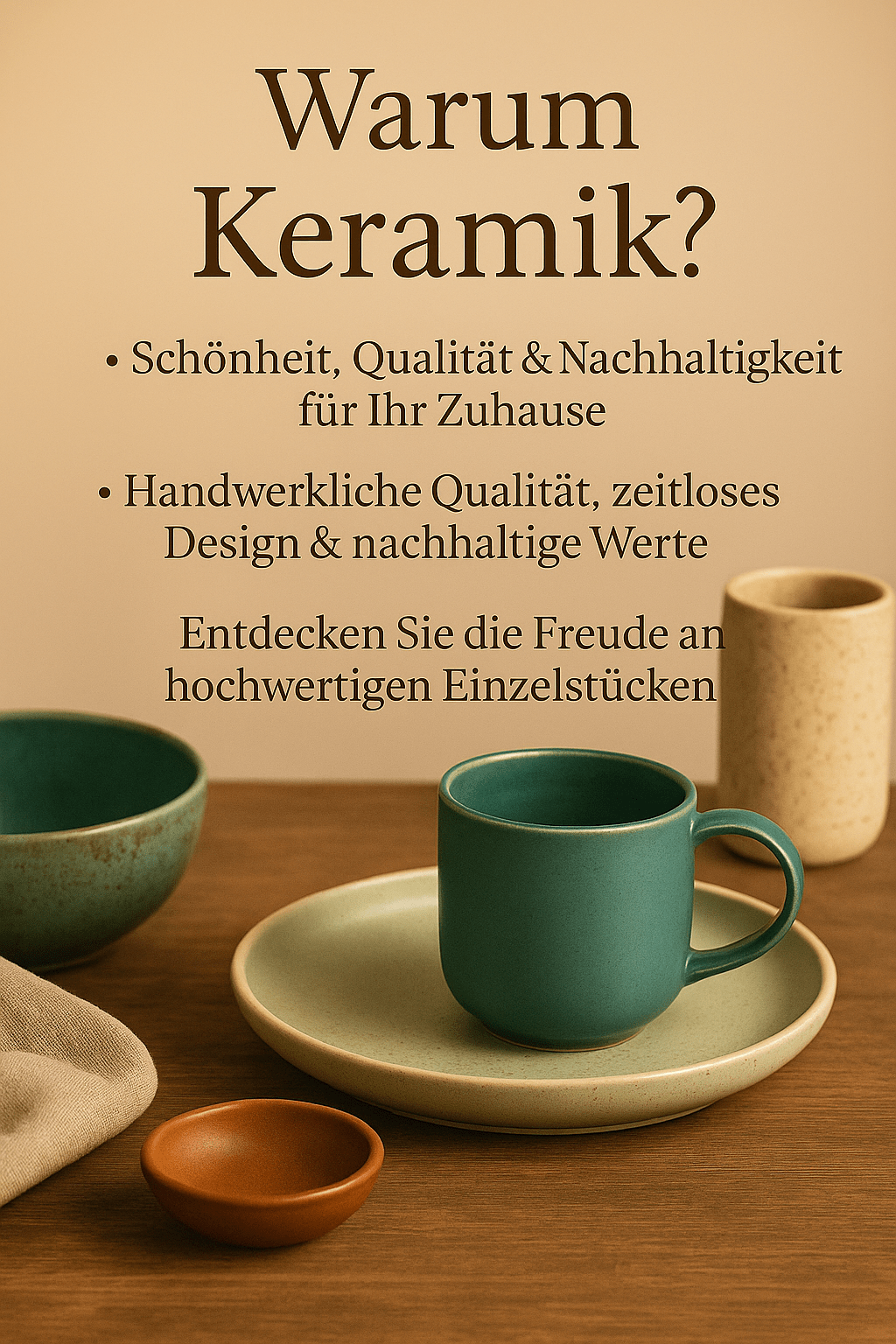
News
by Dana Grundmann on Sep 17, 2023
Warum Keramik? – Schönheit, Qualität & Nachhaltigkeit für Ihr Zuhause
Keramik ist mehr als nur Geschirr – sie vereint handwerkliche Qualität, zeitloses Design und nachhaltige Werte. Jedes Stück ist ein Unikat, oft handgefertigt, langlebig und frei von schädlichen Stoffen. Besonders in den natürlichen Farben Grün, Türkis und Erdfarbe bringt Keramik Wärme, Ruhe und Stil in Ihr Zuhause.
Ob im Alltag oder zu besonderen Anlässen: Keramikprodukte sind vielseitig, gesund und unterstützen lokale Handwerkskunst. Entdecken Sie die Freude an hochwertigen Einzelstücken, die Ihre Küche nicht nur verschönern, sondern auch bereichern.
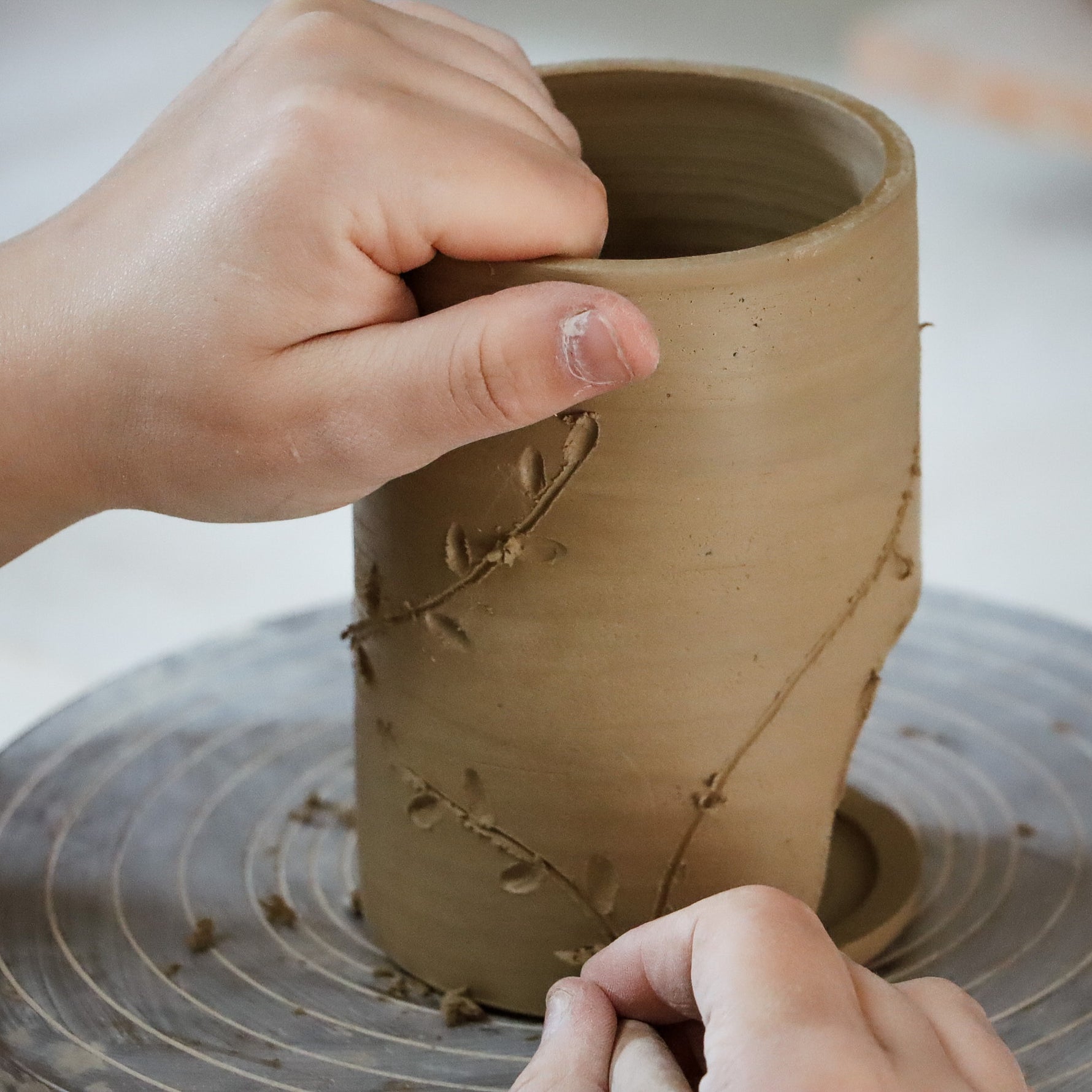
News
The magical world of carved trees🌲, bushes🌿 and mushrooms🍄 in small vases
by Dana Grundmann on Aug 02, 2023
This blog post takes the reader into the magical world of small vases that are hand-decorated with artfully carved trees and bushes as well as mushrooms. The vases combine the simplicity of the shapes with the magic of the fine details that captivate the eye and create the illusion of living trees, bushes & mushrooms.
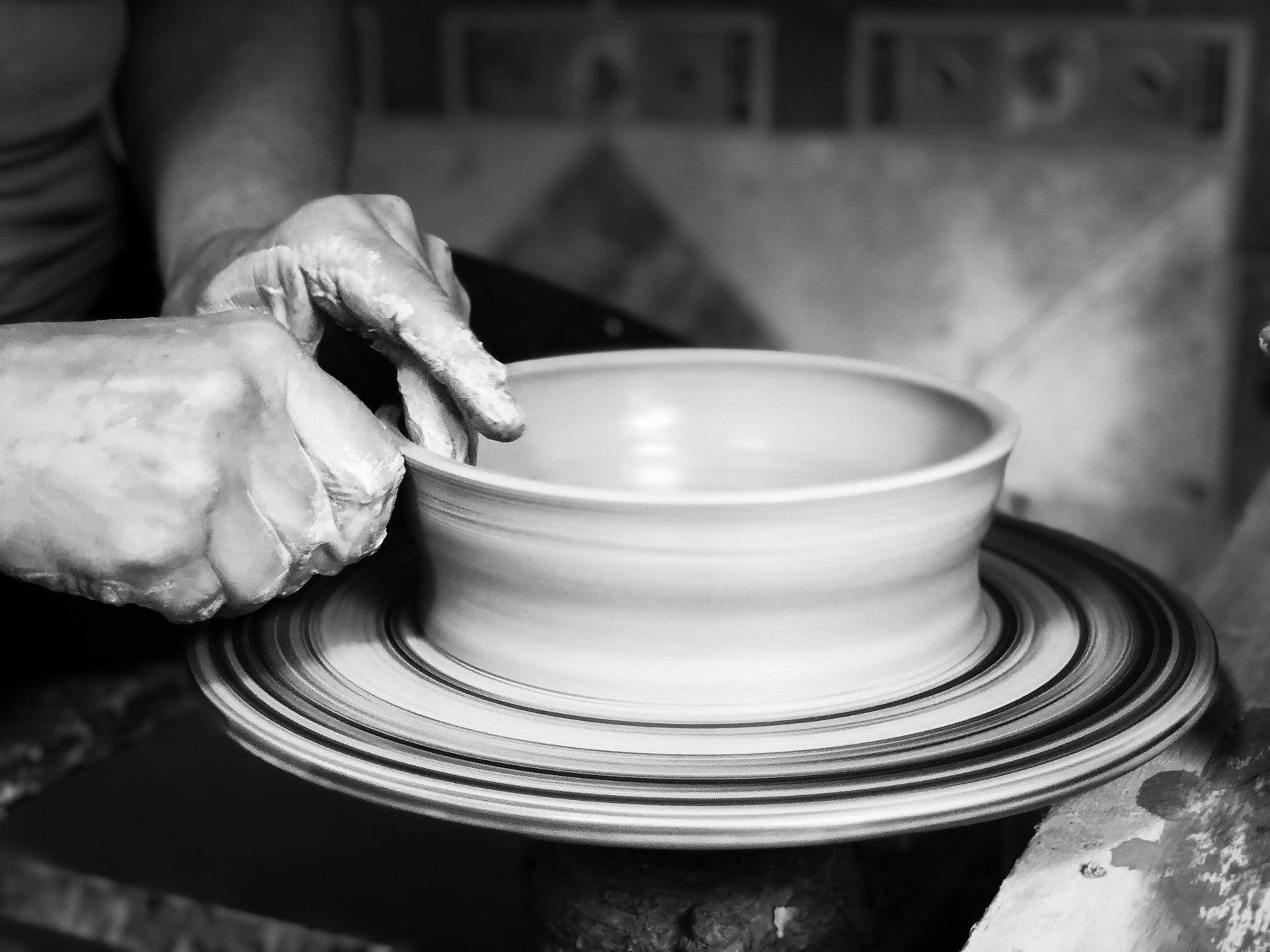
News
by Dana Grundmann on Mar 08, 2023
This year the TdoT is taking place for the 18th time. The pottery "Alte Schmiede" is also taking part on March 11 and 12, 2023.
open from 10am to 6pm
We would like to warmly invite you to this event.
In our workshop we will demonstrate the craft and explain the individual steps. If you are interested, you are welcome to ask questions. From turning to glazing, this is always an exciting process as there are many things to consider.
Coffee and cake are also served from pottery dishes.
We look forward to your visit.
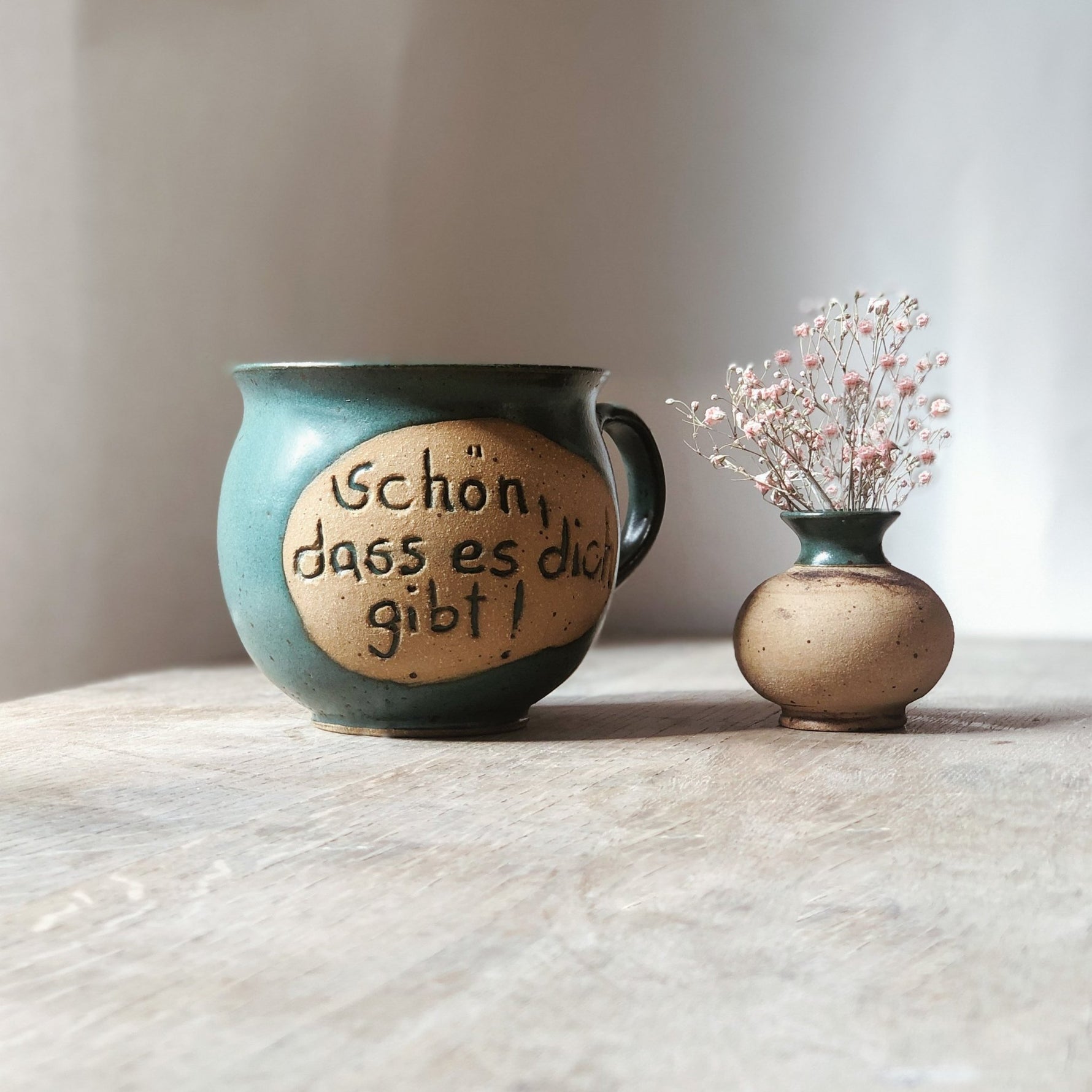
News
by Dana Grundmann on Apr 16, 2021
A "thank you" not only makes others smile, but also increases your happiness and helps to create a positive attitude. A "thank you" is the universal currency with invaluable value for every individual. Gratitude doesn't show in the form of salary in the account, month after month, year after year. It is certainly a form of saying "thank you" for the work, but an honest, said thank you is sometimes worth more - at least for the good feeling of the other person. Just say "Thank you!" once. So just tell your mother, "Thank you for giving birth to me"
